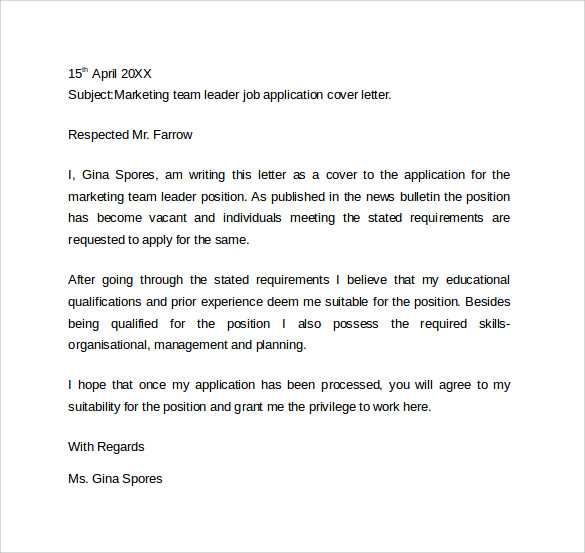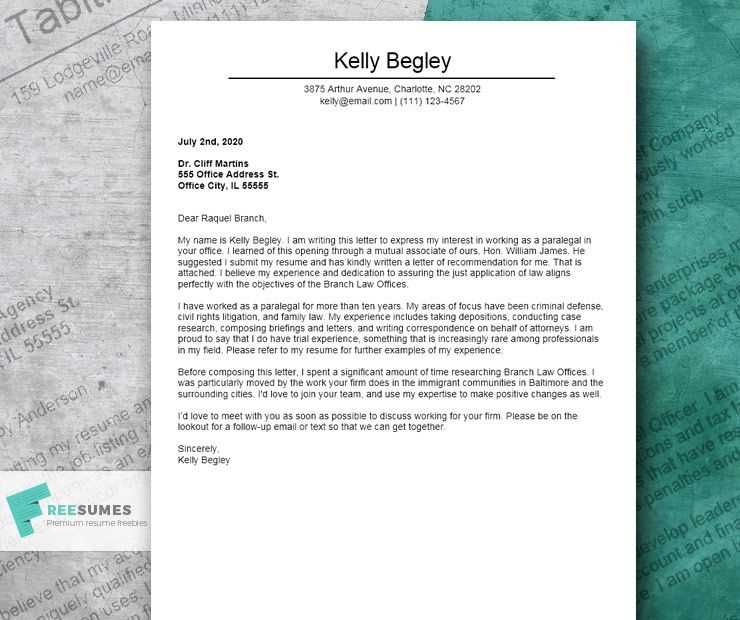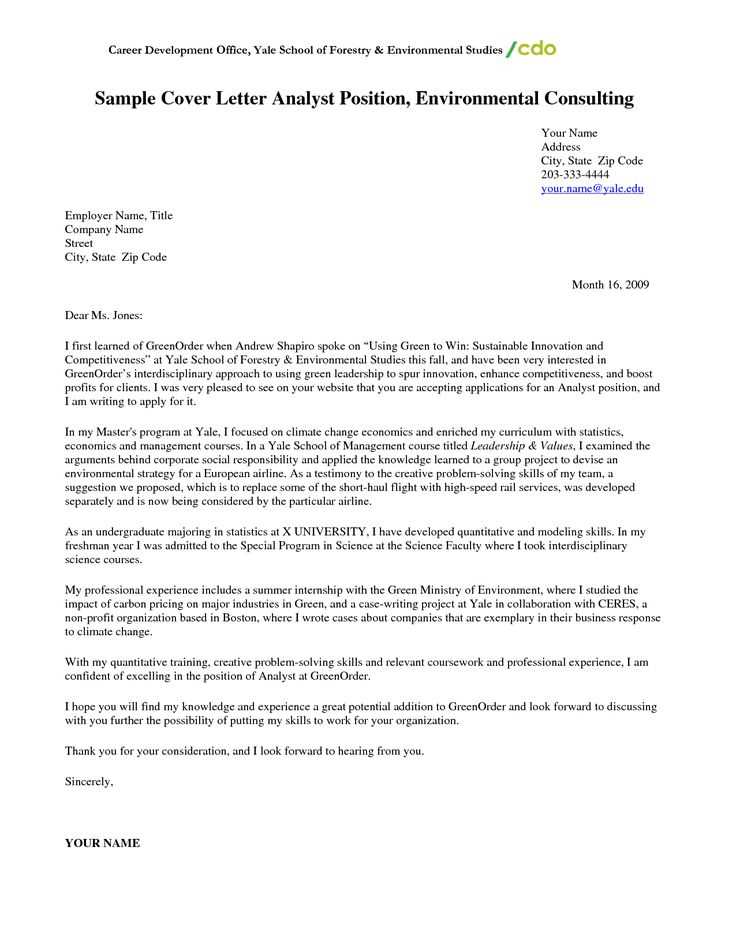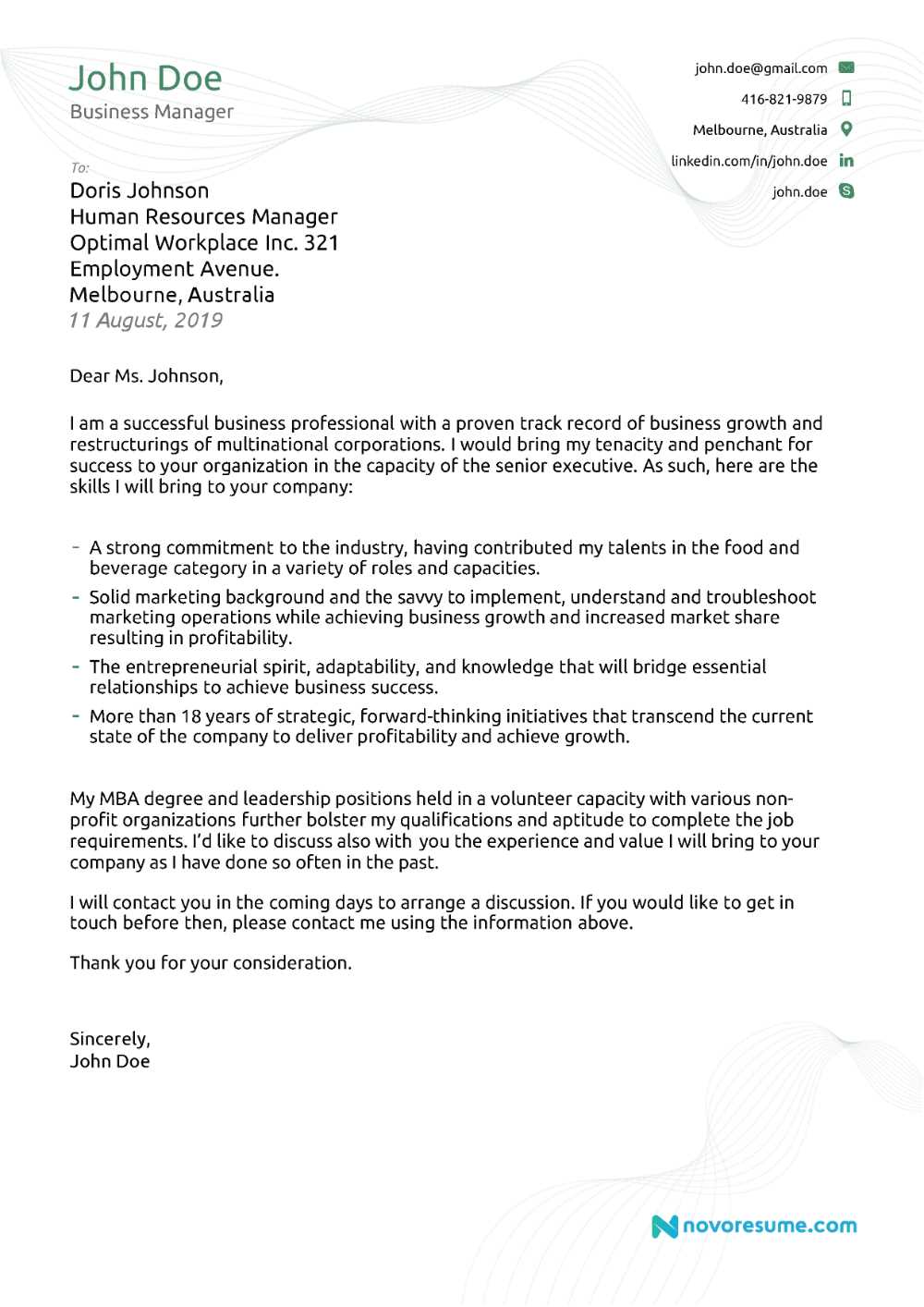Cover Letter Template for Leadership Position

When applying for an executive or managerial role, it’s essential to communicate your qualifications, experience, and skills in a clear and engaging manner. A well-crafted document is your opportunity to demonstrate not only your professional background but also your ability to make a positive impact in a higher-level role. The document you submit plays a significant role in distinguishing you from other candidates.
First impressions matter, and the way you introduce yourself and your expertise can set the tone for the rest of the hiring process. Emphasizing your accomplishments and aligning them with the organization’s needs is key to catching the recruiter’s attention. A strong start can be the difference between standing out or blending in with other applicants.
Additionally, it’s important to address the specific qualities and strengths that you would bring to the team. Focusing on strategic thinking, problem-solving abilities, and successful management experiences can make your case even more compelling. By demonstrating a clear understanding of the responsibilities and goals associated with the role, you position yourself as an ideal fit for the team.
Key Elements of a Leadership Cover Letter
When applying for a managerial or executive role, it’s essential to focus on the aspects of your experience and expertise that align with the responsibilities of the role. A strong application document not only highlights your qualifications but also reflects your potential to excel in a strategic capacity. Key components of this document include a compelling introduction, specific accomplishments, and a clear demonstration of how you can contribute to the organization’s success.
| Element | Description |
|---|---|
| Introduction | Start by capturing attention with a brief overview of your career highlights and why you’re interested in the role. |
| Relevant Experience | Highlight past roles where you led teams, drove strategic initiatives, or achieved key goals relevant to the new role. |
| Key Skills | Focus on your strengths, such as problem-solving, communication, and decision-making, that are critical in high-level roles. |
| Impact on Organization | Provide examples of how your contributions have resulted in measurable improvements or growth for previous employers. |
| Conclusion | End with a strong closing statement that reiterates your enthusiasm and readiness to take on the role. |
How to Showcase Your Leadership Achievements

When applying for an executive role, it’s crucial to highlight your key contributions and the impact you’ve had in previous roles. This allows potential employers to understand not only your skills but also how you can drive success within their organization. Showcasing your achievements effectively involves emphasizing specific examples where you took initiative, overcame challenges, and delivered results that align with the responsibilities of the role you’re applying for.
Quantify Your Impact
One of the most powerful ways to showcase your accomplishments is by using concrete numbers to demonstrate your results. Whether it’s improving team performance, increasing revenue, or cutting costs, including specific figures helps validate your claims and shows how your leadership directly benefited the organization. Be sure to frame your achievements in a way that directly connects to measurable outcomes, as this makes your impact clearer to the reader.
Highlight Key Projects and Initiatives

Another effective method is to focus on major projects or initiatives you’ve led. This could include launching new products, managing cross-functional teams, or introducing innovative processes. Detailing the scope, challenges, and final outcomes of these projects will provide potential employers with a clear understanding of your ability to handle complex tasks and lead teams towards achieving strategic goals.
Tailoring Your Cover Letter to the Role
To stand out as a top candidate for a senior role, your application must be tailored to demonstrate a clear understanding of the job requirements and how your skills align with them. A customized document shows your dedication to the opportunity and proves that you have taken the time to research the company and its needs. By focusing on specific aspects of the role and showcasing relevant experience, you increase your chances of making a lasting impression.
- Research the Company – Start by understanding the organization’s values, mission, and culture. This will allow you to align your strengths with what they are looking for in a candidate.
- Identify Key Requirements – Review the job description carefully and highlight the primary skills, experiences, and qualifications the employer is seeking. Ensure your document directly addresses these points.
- Match Your Skills to the Role – Focus on the skills and achievements that are most relevant to the responsibilities of the role. This allows you to present yourself as an ideal fit for the job.
By customizing your application in this way, you demonstrate not only your qualifications but also your genuine interest in the opportunity. Make sure to emphasize how you can meet the specific needs of the company while contributing to its long-term success.
Effective Language for Leadership Applications

The language you use in your application plays a critical role in communicating your qualifications and potential. Choosing the right words and tone can convey your confidence, experience, and suitability for a senior role. It’s important to strike a balance between professionalism and assertiveness, while also demonstrating your ability to inspire, motivate, and drive results within an organization.
Focus on Action-Oriented Verbs – Use dynamic and powerful verbs to describe your achievements and responsibilities. Words like “led,” “managed,” “innovated,” and “executed” show initiative and decision-making skills, which are key in higher-level roles.
Be Clear and Concise – Avoid overly complex language or jargon. The goal is to communicate your message in a way that is easy to understand, while still showcasing your expertise. Direct, to-the-point statements are often the most impactful.
Highlight Your Results – Ensure that your language highlights measurable achievements. Phrases like “achieved a 30% increase in sales” or “reduced operational costs by 15%” provide concrete evidence of your contributions and effectiveness in previous roles.
Common Mistakes to Avoid in Cover Letters
When applying for a high-level role, your application document should present a professional image and clearly communicate your qualifications. However, common mistakes can undermine your chances of making a positive impression. Avoiding these errors can help ensure that your submission stands out for the right reasons and conveys your capabilities effectively.
Overusing Generic Language
One of the most frequent mistakes is using generic or overly formal language that doesn’t effectively communicate your unique value. Avoid phrases like “I am a hard-working individual” or “I am very interested in the job.” Instead, focus on specific examples that demonstrate your skills and the results you’ve achieved in previous roles.
Neglecting to Tailor the Document
Failing to customize your application to the specific job and company can make you appear less invested in the opportunity. Take the time to research the organization’s needs and align your experience with their goals. Personalizing your document shows genuine interest and helps you connect your expertise with their requirements.
Over-explaining the Past – Another mistake is dwelling too much on past experiences without explaining how they relate to the role you’re applying for. Keep your focus on the future and how your experience prepares you to make an impact in the new role.